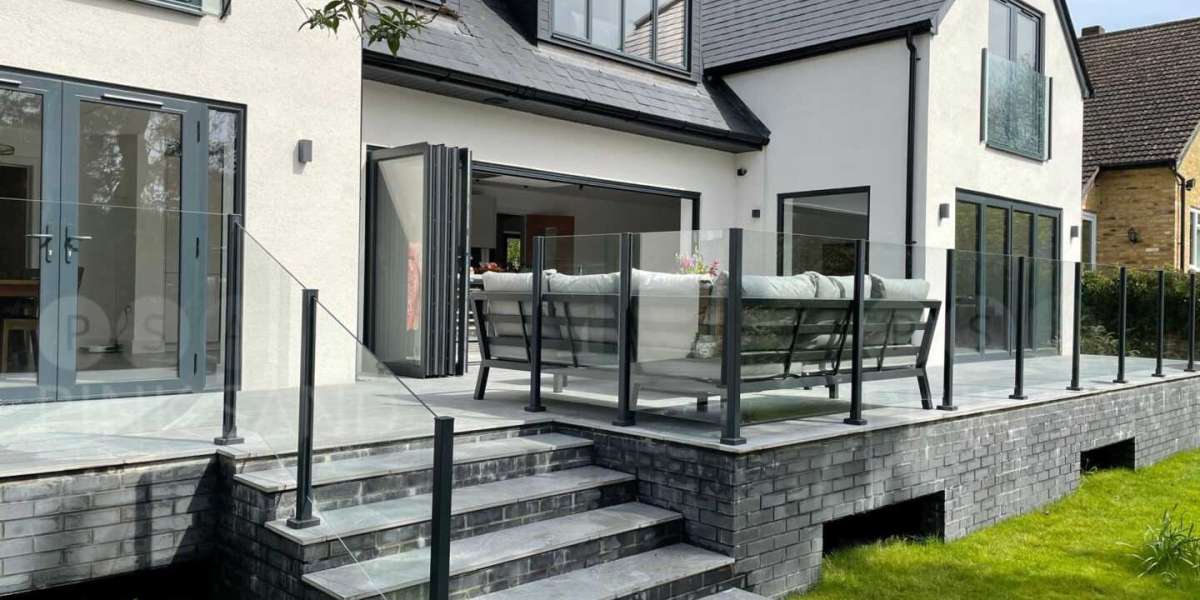When it comes to home and office interiors, storage is always a priority. While cabinets and wooden shelves serve their purpose, many people are turning to glass shelves as a sleek, modern alternative. These shelves not only provide practical storage but also elevate the overall aesthetic of any room.
From living rooms to bathrooms, kitchens to offices, glass shelves are versatile, durable, and surprisingly easy to maintain. In this article, we’ll explore the benefits of glass shelves, their different types, where they can be used, and how to choose the right ones for your space.
What Are Glass Shelves?
Glass shelves are flat panels made from tempered or toughened glass, designed to hold objects while blending seamlessly into interior designs. Unlike wood or metal, glass shelving creates a sense of openness and lightness, often making rooms appear larger and brighter.
They can be mounted on brackets, fixed into recesses, or even designed as floating shelves with hidden fixings. Depending on style preferences, they can be clear, frosted, tinted, or even textured.
Key Benefits of Glass Shelves
1. Modern Aesthetic Appeal
Glass shelves give interiors a contemporary look. Their clean, minimal design works well with almost any décor style, from ultra-modern apartments to classic homes.
2. Maximises Light
One of the standout features of glass shelves is their ability to reflect and transmit light. This makes them perfect for small rooms or spaces where natural light is limited.
3. Durability and Strength
When made from tempered or laminated glass, these shelves can hold a surprising amount of weight. They are resistant to scratches, heat, and everyday wear.
4. Versatility
Glass shelves can be installed in kitchens, bathrooms, bedrooms, living rooms, offices, and retail stores. Their transparent design ensures they never look out of place.
5. Easy to Maintain
Unlike wood, which may warp or stain, glass is easy to clean. A simple wipe with a glass cleaner keeps it looking brand new.
Types of Glass Shelves
There are several variations of glass shelves, each designed for specific uses:
Floating Glass Shelves – Mounted with hidden brackets for a sleek, “invisible” appearance.
Corner Glass Shelves – Ideal for bathrooms or kitchens, making use of unused corners.
Wall-Mounted Glass Shelves – Fixed with metal or wooden brackets, combining strength with style.
Frosted Glass Shelves – Provide a softer, diffused look while hiding fingerprints.
Tinted Glass Shelves – Available in grey, bronze, or black tints for a dramatic effect.
Curved or Custom-Shaped Glass Shelves – Tailored designs that match unique layouts.
Best Uses of Glass Shelves
1. Living Room Displays
Glass shelves in living rooms are often used for showcasing books, photo frames, and decorative items. They provide a sophisticated touch without overpowering the décor.
2. Kitchen Storage
In kitchens, glass shelves are practical for storing spices, glassware, or decorative jars. Their clean look complements modern cabinetry and makes spaces feel more open.
3. Bathrooms
Glass shelves in bathrooms are perfect for holding toiletries, perfumes, and towels. They resist moisture better than wood and maintain a fresh, hygienic appearance.
4. Bedrooms
They can be used as bedside shelves, vanity organizers, or display areas for accessories. Floating designs, in particular, save space in smaller bedrooms.
5. Offices
Glass shelving in offices can display awards, books, or plants, giving a professional yet stylish feel.
6. Retail and Showrooms
In shops, glass shelves allow products to be showcased without distraction, focusing attention on the items themselves.
Glass Shelves vs. Wooden Shelves
| Feature | Glass Shelves | Wooden Shelves |
|---|---|---|
| Appearance | Modern, sleek, transparent look | Traditional, warm, solid |
| Light Transmission | Allows natural light to pass | Blocks light completely |
| Maintenance | Easy to clean, no warping | Prone to scratches, stains |
| Durability | Strong if tempered | Strong but can age over time |
| Design Flexibility | Clear, frosted, tinted, custom shapes | Limited to finishes and stains |
While wood offers warmth, glass shelves stand out for their light-enhancing properties and versatility.
Choosing the Right Glass Shelves
When selecting glass shelves, keep these factors in mind:
Glass Thickness – Thicker glass (8–12mm) is better for heavy objects.
Glass Type – Always opt for tempered or laminated glass for safety.
Mounting Style – Floating, bracket-mounted, or recessed designs depend on your room layout.
Location – For bathrooms and kitchens, choose moisture-resistant finishes like frosted or tinted glass.
Weight Capacity – Ensure the shelf and fittings can support what you plan to store.
For guidance on glass safety, you can refer to British Glass Association standards, which outline requirements for strength and durability in domestic and commercial use.
Maintenance Tips
Regular Cleaning – Use glass cleaner or a vinegar-water solution to remove smudges.
Avoid Abrasives – Harsh sponges or powders can scratch the surface.
Check Brackets – Ensure mounts and brackets remain tight and stable.
Protect from Heavy Impact – While strong, tempered glass can still break under extreme pressure.
Environmental Benefits
Glass is a fully recyclable material, making it a sustainable choice. Glass shelves not only look elegant but also reduce the demand for wood, helping preserve forests. Plus, their long lifespan means fewer replacements over time.
Final Thoughts
Glass shelves are more than just a storage option—they are a stylish design element that enhances light, space, and elegance in any room. Whether you’re upgrading your bathroom, modernising your kitchen, or creating a professional office look, glass shelving offers a perfect balance of form and function.
Durable, easy to maintain, and endlessly versatile, glass shelves are a timeless addition that will continue to elevate interiors for years to come.






